If you're ready to make the step-up from your smartphone or point-and-shot, then these are the best beginner DSLRs you can buy right now in 2019.
An entry-level, beginner DSLR is the natural progression when you feel like you've outgrown your point-and-shoot compact camera or are no longer satisfied with the snaps you get from your smartphone. If that's that case, you've come to the right place to find out what the the best entry-level DSLR is to help you take your photography to the next level.
DSLRs for beginners deliver a big step up in image quality over a compact camera or smartphone. They may share the same amount of megapixels, but the size of an entry-level DSLR's sensor is physically much larger in most cases, allowing for superior results with more detail and better low-light performance.
That's not forgetting that entry-level DSLRs offer far more manual control and the ability to change lenses to tackle a huge variety of projects. Don't worry though – there are also a host of auto modes to help you out until you're comfortable with the more creative controls that a DSLR offers.
Obviously, the more features you want on your entry-level DSLR, the more you'll pay, but do you actually need them? Our top camera is one of the cheapest on the market, but it still offers impressive performance and image quality, plus enough features to handle most photographic assignments, especially if you're still learning.
You may also want to consider a mirrorless camera as an alternative. If so, you'll find our video above or Mirrorless vs DSLR cameras: 10 key differences guide very useful. Or, if you're not sure what kind of camera you need at all, then read our easy-to-follow guide to camera types: What camera should I buy?
Should you buy a mirrorless camera over a DSLR? Watch our guide video below to learn more:
Entry-level DSLR bundles
If you're buying your first DSLR, it makes sense to buy it as a kit, which generally includes the camera body along with an 18-55mm lens. Often referred to as a 'kit' lens, this covers a pretty broad zoom range, perfect for everything from landscapes to portraits, but that's just the start.
Look closely though and manufacturers will often offer two type of kit lens – one with image stabilization and one without. There's not much difference in price normally, so go for the kit with the image stabilized lens as it'll make it easier to sharper shoot images at slower shutter speeds.
They're more than adequate to get started, but the key advantage of DSLRs over compact cameras is that you can add to your kit with additional lenses. For example, wide-angle and telephoto zoom lenses, a flashgun, and other accessories, to make the most of whatever types of photography you're into.


Before we take a look at the best DSLRs for beginners, we wanted to highlight a great mirrorless alternative. The Olympus OM-D E-M10 Mark III is styled like a DSLR, with a viewfinder mounted on the top, but this camera is so small it scarcely takes up more space than mirrorless cameras with no viewfinder at all. It has a Micro Four Thirds sensor a little smaller than the APS-C sensors used by DSLRs, and 16 megapixels rather than the usual 24, but the smaller sensor means smaller lenses, and you’re not likely to notice the difference in megapixels in real-world shooting, provided you're not expecting to print too large. What you will notice is this camera’s great build quality and finish, its responsiveness, its excellent built in Art Filters and the rather clever shooting options in its Advanced Photo mode. Olympus offers a good range of lenses, too.
- Read our in-depth Olympus OM-D E-M10 Mark III review

Best DSLRs for beginners in 2019
2018 saw a handful of beginner DSLRs launched, including the Canon EOS Rebel T7 (known as the EOS 2000D outside the US) and the Nikon D3500. This year, we expect to see replacements for Canon's EOS Rebel T7i (known as the EOS 800D outside the US) and Nikon's D5600, but these are likely to be minor upgrades rather than sweeping changes, so don't let that put you off buying either of these great entry-level DSLRs. For now, this is our pick of the best beginner DSLR cameras in 2019.
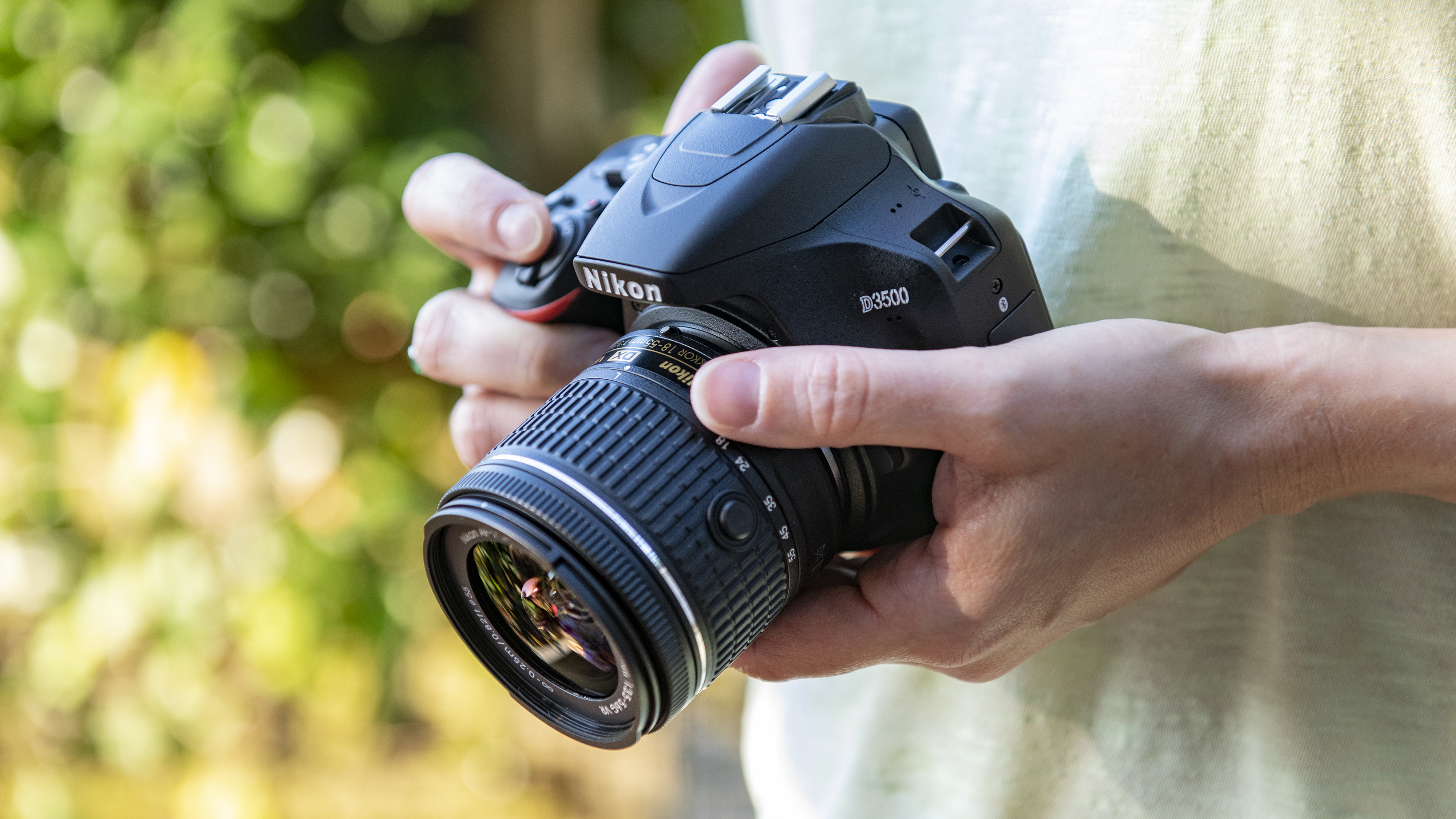
Nikon's latest entry-level DSLR replaces the D3400 below, and while it shares a very similar specification on the inside, it benefits from a comfier handgrip and revised control layout at the rear. The new 24.2MP sensor delivers excellent levels of detail, and all the controls and features are easy to get to grips with. This is helped by Nikon's clever Guide mode, that gives real-time explanations of key shooting features. If you're looking to get more creative with your photography, and looking for your first DSLR, the Nikon D3500 is hard to beat.
- Read our in-depth Nikon D3500 review

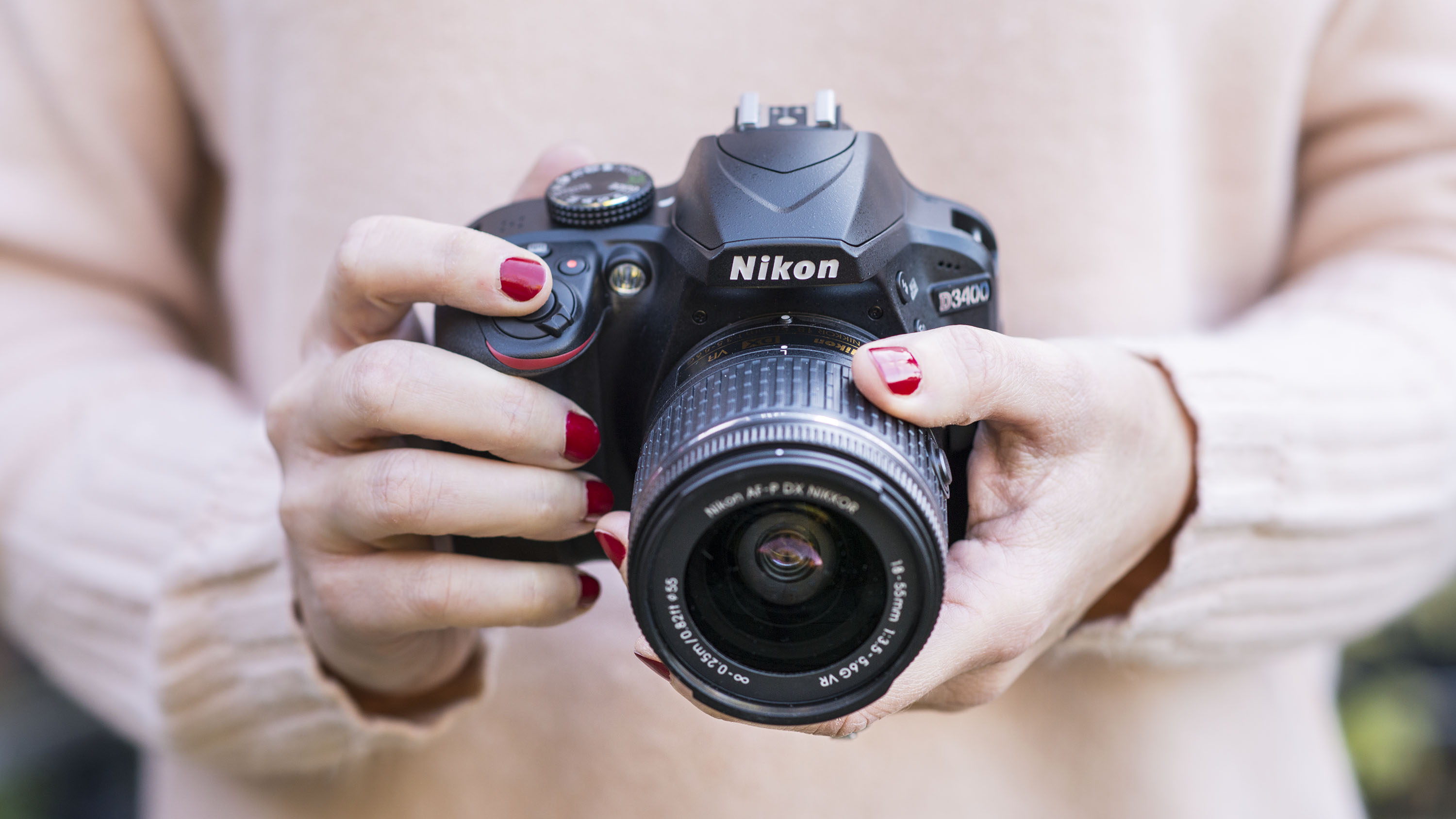
It may have been replaced by the D3500, but don't discount the D3400. Sporting a range of features perfect for the novice user, this is still a great camera to get started on the road to more creative photography. Sharing many of the same internal specs as the D3500, the battery life is brilliant, while the images from the 24MP sensor won't disappoint. You also benefit from Full HD video to 60p and 5fps burst shooting, together with wireless connectively (via Bluetooth) to get your shots out into the wider world without the hassle of cables. If you don't mind having the latest model and you can pick the D3400 for less than the D3500, then this is still a great buy.
- Read our in-depth Nikon D3400 review

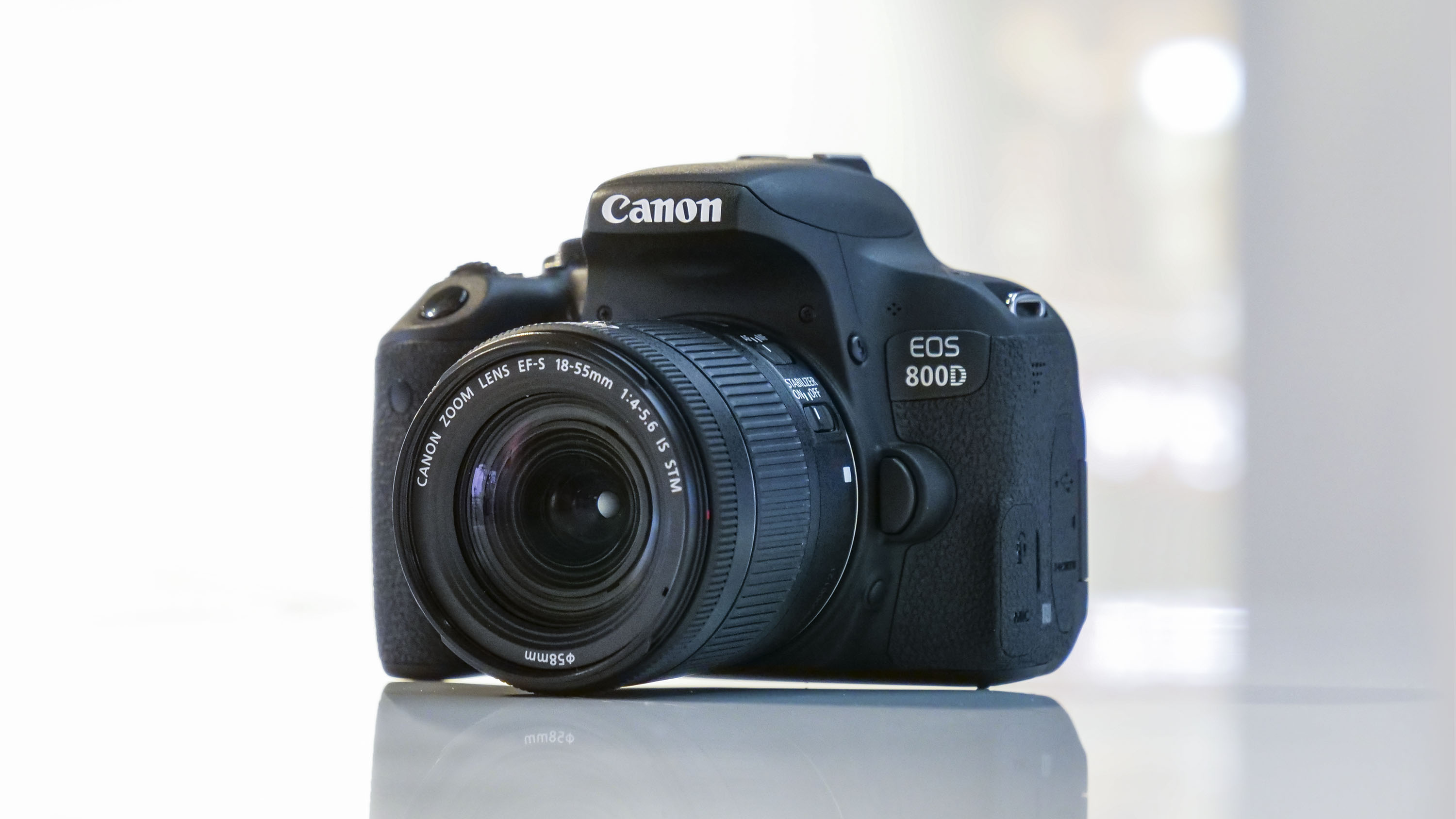
The EOS Rebel T7i (known as the EOS 800D outside) sits at the top of Canon's entry-level EOS DSLR range. Sporting a 24.2MP sensor that delivers an improved high ISO performance over older models, the Rebel T7i's autofocus also gets a boost, now with a 45-point arrangement that's backed up by excellent live view AF system. There's also newly designed graphical interface that will certainly make this camera even more appealing to new users, but the absence of 4K video and the quality of the exterior materials disappoint. Perhaps one of the more expensive options out there for the first-time user – but definitely one of the best.
- Read our in-depth Canon EOS Rebel T7i / EOS 800D review

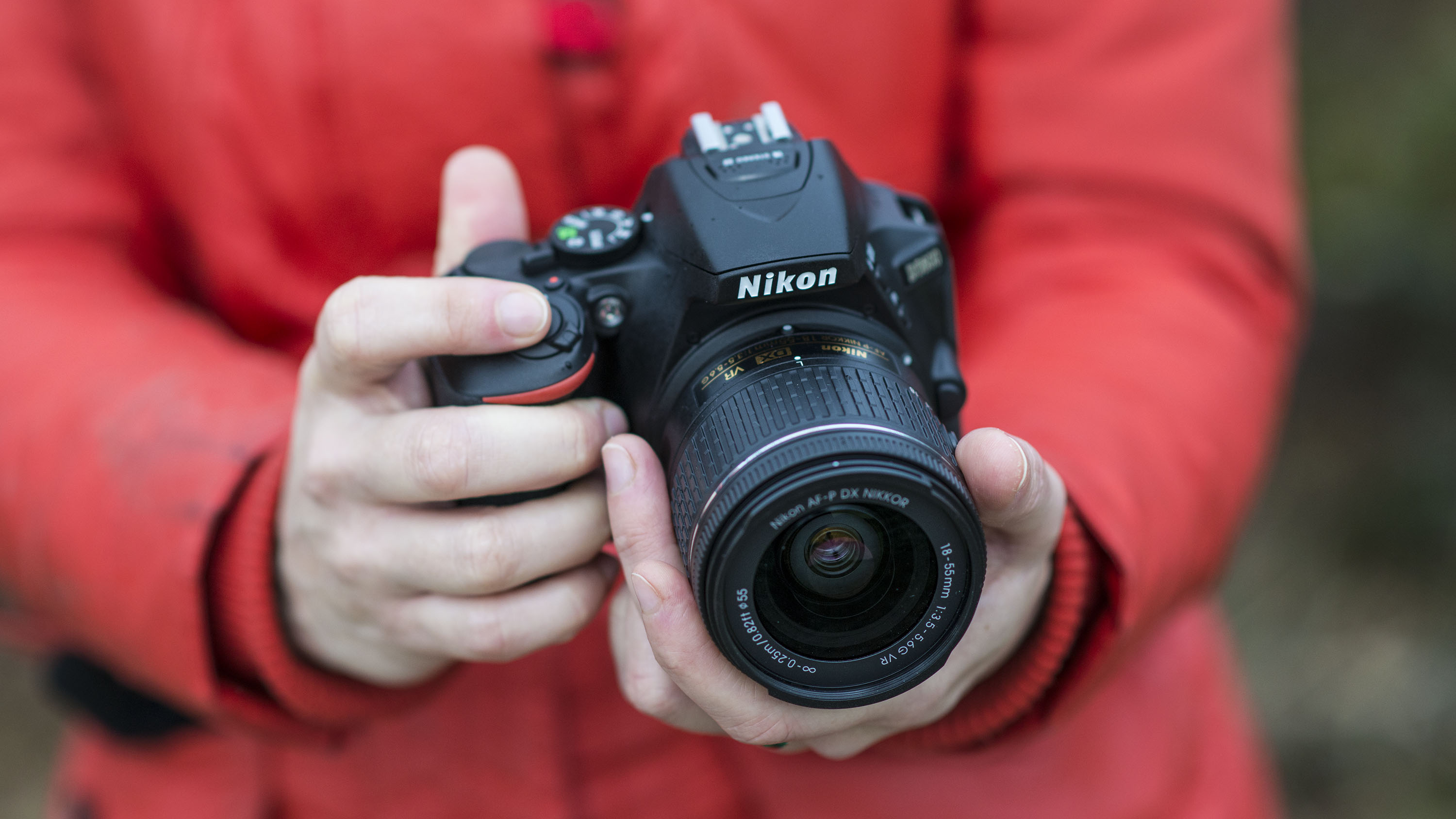
The D5600 competes directly with Canon's EOS Rebel T7i / EOS 800D at the upper end of the entry-level DSLR market. Where Nikon's D3000-series cameras are designed as cost-conscious introductory DSLRs, the D5000-series is preferable if you want to get more creative. The D5600 sports a large 3.2-inch vari-angle touchscreen, and while the live view focusing speed could be quicker, the 39-point AF system is the best you'll find in a entry-level DSLR. There isn't much wrong with the D5600's 24.2MP sensor either, delivering excellent results, while the logical control layout of the D5600 makes it easy to use.
- Read our in-depth Nikon D5600 review

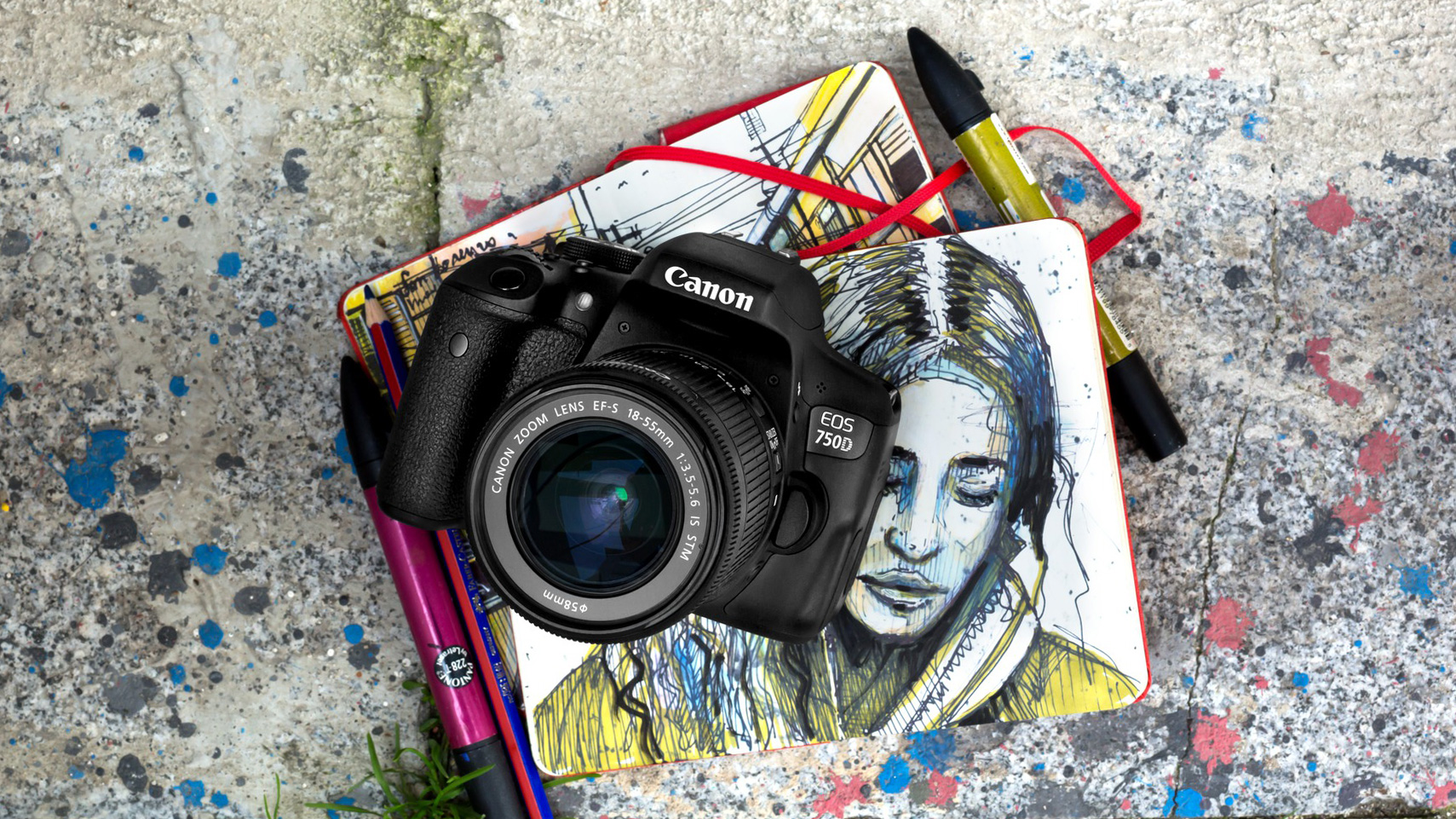
The EOS Rebel T6i (called the EOS 750D outside the US) may have been replaced by the EOS Rebel T7i / 800D, but it's still a great option if the price of the newer model puts you off. While the sensor isn't quite as good as the one in the newer T7i – despite sharing the same resolution – it's still very good, while the vari-angle touchscreen is still one of the best around. AF performance could be better though, and the camera isn't quite new enough to benefit from the more up-to-date Dual Pixel CMOS AF system that makes focusing swift in live view and during videos, but overall this is still a very capable entry-level DSLR.
- Read our in-depth Canon EOS Rebel T6i / EOS 750D review


The D5300 was around for little more than a year before the D5500 technically replaced it (which has in turn be replaced by the D5600). It shares the same 24.2MP sensor with an identical maximum ISO25,600 sensitivity as the D5500, whilst the D5300's EXPEED 4 image processor and 39-point autofocus system have also been carried over to its replacement. The D5300 doesn't sporta fancy touchscreen control, you do get GPS instead, while the D5300's 600-shot battery life will still outlast a Canon EOS Rebel T6i / EOS 750D. All in all, it may not be the latest entry-level DSLR, but the D5300 is still a smart buy.
- Read our in-depth Nikon D5300 review


Canon introduced the EOS Rebel SL1 (EOS 100D outside the US) to compete with the influx of mirrorless cameras and it was the smallest DSLR available when it was introduced in March 2013. Now replaced by the EOS Rebel SL2 (EOS 200D), its slightly bulkier proportions make it feel more like a slightly pared-down Rebel T7i / 800D than anything unique. It's not a bad option for new users, but there are better-value alternatives available at the moment.
- Read our in-depth Canon EOS Rebel SL2 / EOS 200D review

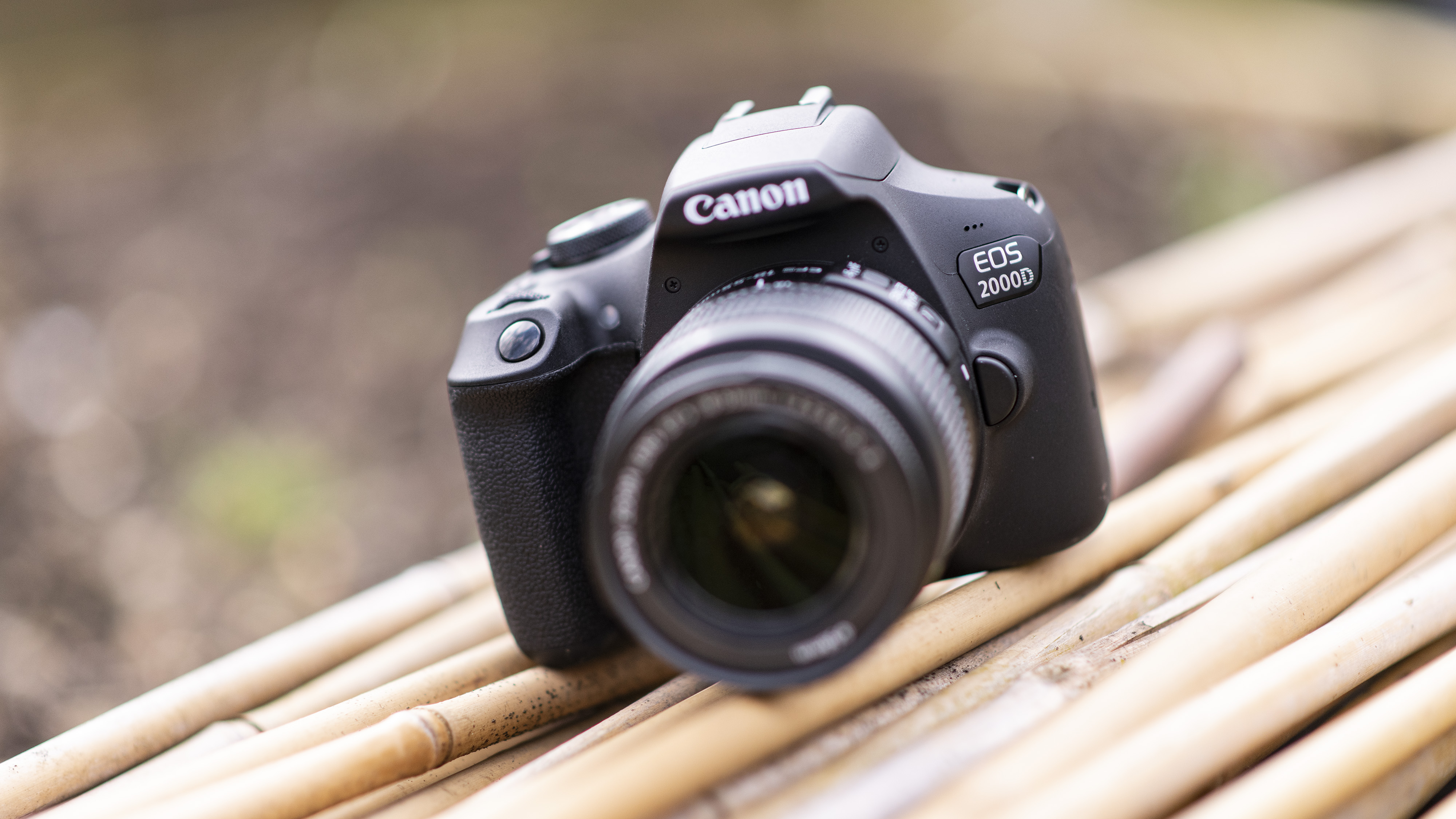
The EOS Rebel T7 (known as the EOS 2000D outside the US) is Canon's cheap and cheerful entry-level DSLR. While not featuring quite the same impressive spec as pricier models up the Canon range, you still get a pretty solid set of features for the beginner including Wi-Fi and NFC technology built-in. This means you can transfer images to your smartphone for super-quick sharing. Images from the 24.1MP sensor are more and adequate, but not quite a match for those from the EOS Rebel T7i / EOS 800D. The 9-point autofocus system, as well as the Live View AF system is disappointing, while there's no touchscreen either.
- Read our in-depth Canon EOS Rebel T7 / EOS 2000D review


Replaced by the D3400 in 2016, which itself was replaced by the D3500, the D3300 was a big seller in its day and it's still one to consider if you're on a tight budget. The biggest difference between the D3300 and the D3400 is the lack of connectivity on the former. If you want to transfer your images to your smartphone or tablet, you'll need to invest in Nikon's cheap plug-in Wi-Fi adapter that plugs into one of the ports on the D3300. With stocks running down, the D3300 is becoming less easy to come by, but if you do track one down at a good price then you'll get yourself a great beginner DSLR.
- Read our in-depth Nikon D3300 review


It may have been replaced by the EOS Rebel T7 / EOS 2000D (above), but that does mean that the EOS Rebel T6 (known as the EOS 1300D outside the US) should now be even cheaper. In many ways the specification is very similar to the newer camera, with the key difference being the Rebel T6 features a 18MP sensor, which compared to rivals, is starting to show its age against rivals with higher pixel counts. Now that it's been replaced, you might be able to track this down at an even more tempting price before it disappears for good.
- Read our in-depth Canon EOS Rebel T6 / EOS 1300D review

Also consider…
Got a bit more cash to play with? Want something that will give you a bit more growing space? Here's another option to consider.

Canon's EOS 77D was launched at the same time as the EOS 800D / EOS Rebel T7i , and in many respects they offer much the same thing. The same sensor, the same autofocusing system, the same focusing system… so what do you gain stepping up to the EOS 77D? You get a bit more physical control by way of an extra control dial on the back that makes scrolling through menus, images and focusing points a doddle, as well as a dedicated AF-On button and a top-plate LCD screen that goes you all the essential shooting information at a glance. There are some smaller additions too (like an interval timer) but you still get the same respected blend of a 24MP APS-C sensor, a 45-point AF system and a flip-out LCD screen. If you want more physical control and a nicer shooting experience – and you're happy to pay for it – seek this alternative out.
- Best camera
- Best DSLR
- Best mirrorless camera
- Best 4K camera
- Best full-frame camera
- Best compact camera
- What camera should I buy?
- Mirrorless vs DSLR: 10 key differences
- Camera rumors
